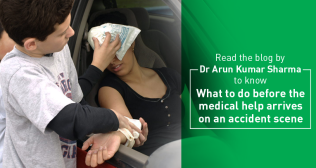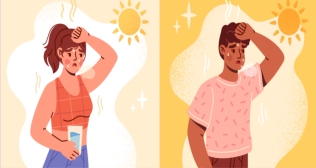
Beat the Heat: Preventing Heat Strokes and Recognizing Warning Signs
As the mercury rises, it's crucial to arm yourself with knowledge about preventing heat strokes and recognizing their warning signs. Whether you're spending time outdoors or working in a hot environment, understanding how to stay safe in the heat can make all the difference.
Preventing heat strokes starts with staying hydrated. Drink plenty of fluids, especially water, throughout the day, even if you don't feel thirsty. Avoid sugary or caffeinated beverages, as they can contribute to dehydration. Electrolyte-rich drinks can also help replenish minerals lost through sweat.
Wearing lightweight, loose-fitting clothing made of breathable fabrics like cotton can help your body regulate its temperature more effectively. Don't forget to protect yourself from the sun by wearing a wide-brimmed hat and applying sunscreen regularly.
When spending time outdoors, try to schedule activities during the cooler parts of the day, such as early morning or late evening. Take frequent breaks in the shade or indoors to give your body a chance to cool down.
Recognizing the warning signs of a heat stroke is crucial for prompt intervention. Symptoms may include:
- High body temperature (above 103°F/39.4°C)
- Hot, red, dry, or damp skin
- Rapid, weak pulse
- Headache, dizziness, or confusion
- Nausea or vomiting
- Loss of consciousness or seizures
If you or someone you're with experiences any of these symptoms, it's essential to take immediate action. Move to a cooler environment, such as indoors or in the shade, and remove excess clothing. Apply cool compresses or immerse the person in cool water if possible, also provide the patient with plenty of fluids (water+ORS). Call emergency services for further assistance.
Remember, heat strokes are preventable with proper precautions and awareness. By staying hydrated, dressing appropriately, and recognizing warning signs early, you can enjoy the summer safely. Stay cool and stay informed!
Categories
Clear allMeet the doctor

- Emergency and Trauma | Emergency Medicine
-
20 Years
-
660









}}drupal-data/images/blog-lists.png)




